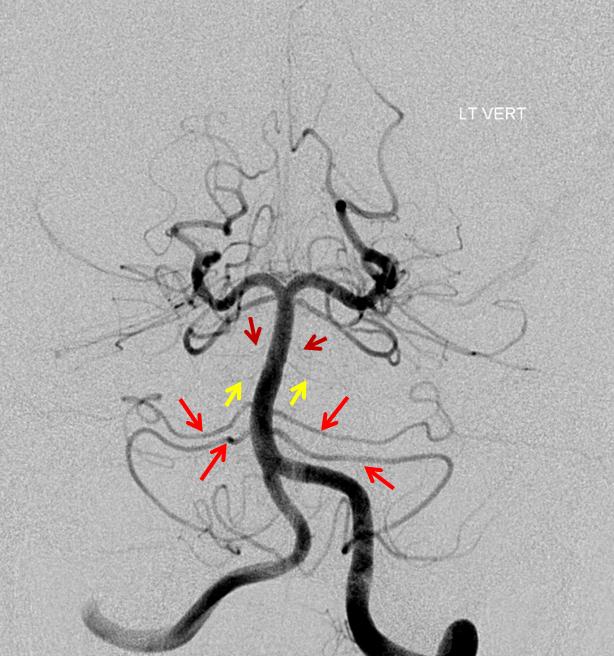

If a nutritional deficiency is the problem, it may be enough to change your child’s diet and/or introduce vitamins or supplements. The path you take for treating your autistic child’s pica will, of course, depend on the cause. For some kids, eating an object feels good in their mouth and fulfills a sensory craving. Some children with developmental disabilities may still be in the mouthing stage even above the age of two.Ī dental issue could also be the culprit, causing the child with autism to chew on, and incidentally ingest, things in order to alleviate pain and pressure on his/her gums.īut perhaps the most common reason for ongoing pica in those with autism is sensory stimulation. Other children with autism may just be unable to distinguish between edible and inedible items and require more practice. The first thing you should do is contact a doctor to rule out any dietary deficiencies since some patients engage in pica because they crave iron or other minerals. There are a number of potential causes for pica. If your child with autism has medical issues such as unexplained weight loss, abdominal pain, unhealthy nails and hairs, etc., then pica could be a possibility. The most obvious symptom of pica is, well, the behavior itself-eating inedible objects. Meanwhile, only 3.5% of children in the general population engage in pica. According to a study published by the American Academy of Pediatrics, approximately 28.1% of children with autism and a co-occurring intellectual disability have pica, and 14% of children with autism but no intellectual disability do. However, the prevalence of pica is higher in the ASD community than in others. It has also been seen in people with developmental disabilities, conditions such as schizophrenia or obsessive-compulsive disorder, and even in otherwise neurotypical pregnant women. Pica isn’t exclusive to autism spectrum disorder. Typically, individuals with pica will still eat normal food items as well. The items vary from person to person-some may crave hair, paper, dirt, pebbles, thread, etc. Under the American Psychiatric Association’s diagnostic criteria, a person has pica when they a) eat non-food, non-nutritional substances for over a month, b) do so at a stage of development that isn’t appropriate, and c) do so outside of any culturally-accepted practice. The name for the disorder comes from the Latin word for magpies, birds known for collecting inedible objects.

Simply put, pica is a compulsive appetite for items that are not food. Those in which PICA and AICA territories were involved together presented with similar clinical features as in the cases in which only the AICA territory was involved.In this article, we’ll explore what exactly pica is, what may cause it, and how you can help your child with autism if it’s something he/she struggles with. The cases in which the territories of the three cerebellar arteries were affected presented in deep coma, together with tetraplegia in some patients. These extensive infarcts were often associated with tonsillar herniation and massive paramedian brainstem infarction. In 7 cases, the infarction also involved the PICA territory or the PICA and the superior cerebellar artery territories. Study of the arteries showed that arterial occlusion was mainly due to thrombosis superimposed on atheromatous stenosis. Horner's syndrome or skew deviation was rare. Contralateral pain and temperature sensory loss was present at times. Cerebellar signs and motor weakness occurred frequently. Clinically, involvement of several cranial nerves (facial palsy, multimodal trigeminal sensory impairment, deafness, sometimes with tinnitus, a vestibular syndrome, or lateral gaze palsy) was constant. No brainstem compression or tonsillar herniation were observed with infarcts affecting the AICA territory alone.

In most infarcts, the inferolateral pontine territory was involved, the infarction sometimes extending up to the middle third of the lateral pons and down to the superior part of the lateral medulla.

In these cases, the posterior inferior cerebellar artery (PICA) was hypoplastic. The largest infarcts extended to the anterior and inferior aspects of the cerebellum. Next most frequently involved was a thin band of tissue in the adjacent cerebellar white matter, comprising laterally the neighbouring cerebellar lobules. In a few cases, the infarction extended to the flocculus. In these pontocerebellar infarcts the middle cerebellar peduncle was the core of the affected territory.
#AICA AND PICA SYNDROME SERIES#
In the present series cerebellar infarcts involved only the AICA territory in 13 cases. Clinicopathological reports on infarction in the territory of the anterior inferior cerebellar artery (AICA) are rare.


 0 kommentar(er)
0 kommentar(er)
